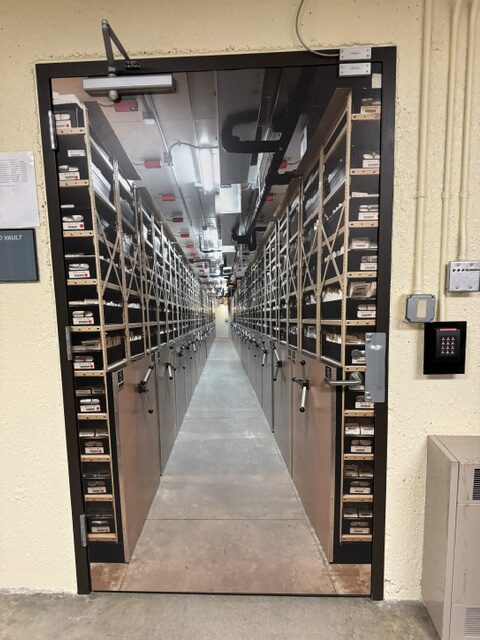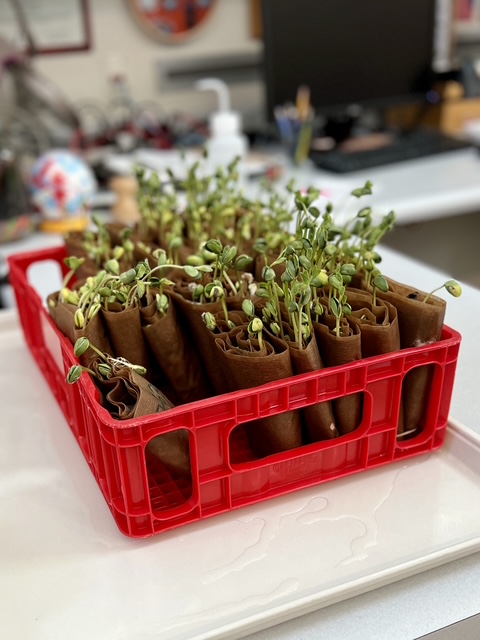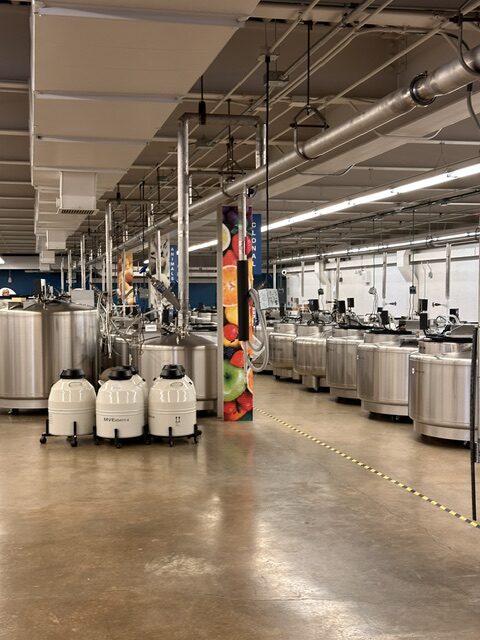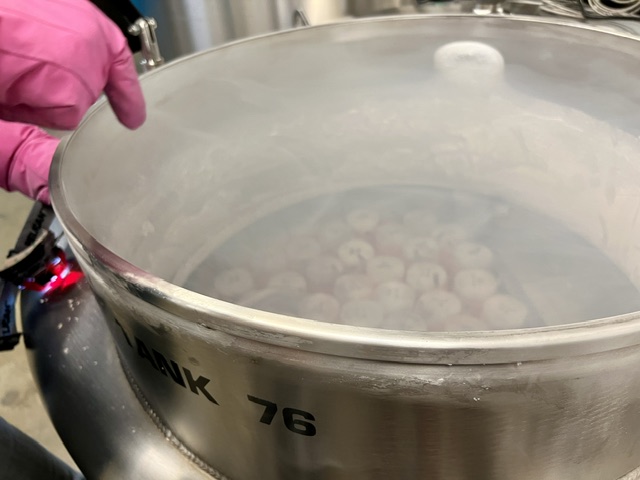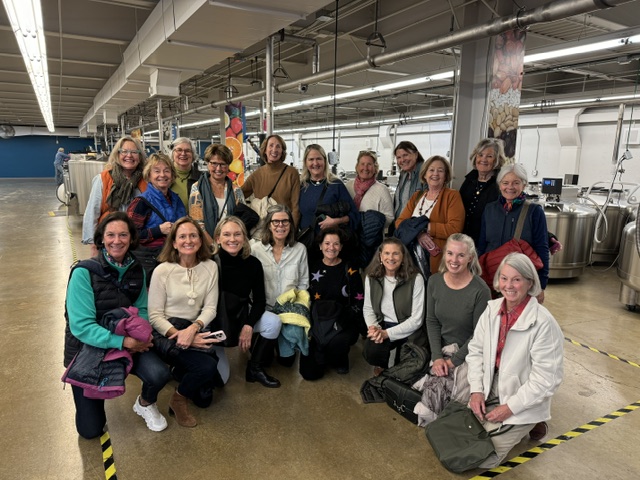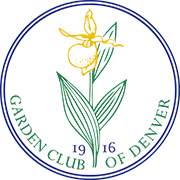On November 14, 2024, Garden Club of Denver visited (again!) the National Laboratory for Genetic Resources Preservation on the campus of Colorado State University. We learned so many interesting facts and details about the lab, including its history and processes.
The Lab was dedicated on December 5, 1958 as the USDA National Seed Storage Laboratory. It was a product of the Cold War and was created to consolidate seed collections into a single and highly secure facility. The apocalyptic purpose of the Lab was to preserve the ability to restart the food supply for mankind after a nuclear holocaust. While the Lab was created during the Cold War with a looming nuclear disaster, it has matured to be a resource for more issues, such as insect infestations, disease epidemics, climate change, and more.
The underlying land was increased and the building was expanded from 1988 to 1993. In 2002, the Lab officially became know as the National Center for Genetic Resources Preservation to preserve plant and animal genetic resources as well as having a plant germplasm preservation unit. Because of its critical importance, the updated building was further reinforced to withstand all forms of natural disasters, such as the possibility of the Horsetooth Dam collapsing and the city of Fort Collins flooding. The Lab is located in Fort Collins because of the region’s dry climate.
While the Lab is located on the CSU campus, it is part of the Department of Agriculture and the Director is Daren Harmel, PhD, who gave us our tour. The Lab is the secure back-up site for the US National Plant Germplasm System, a vast collection with over 621,000 plant samples representing over 16,800 species at 20+ locations. The Lab also provides “black-box” storage for seed and microbe collections. With almost 1,000,000 samples, the Lab preserves the world’s largest collection of plant and microbial genetic resources stored under one roof.
This Lab is unique because it uses a rigorous testing program to ensure that all of the seeds in the vault are alive. The Lab has two vaults: a freezer vault containing most seeds that are more viable in a dry freezer; and a second vault with cryogenic freezing with liquid nitrogen containing animal semen, microbes, and plant seeds that are more viable with this form of preservation.
During the tour, we were able to ask questions of Dr. Harmel and other working scientists. We were warmly welcomed to the Lab, and followed up our tour with lunch at Ginger and Baker where many of us ordered the delicious quiche. Click on the link below to view the quiche recipe.
-story and photos by Lynn D.
